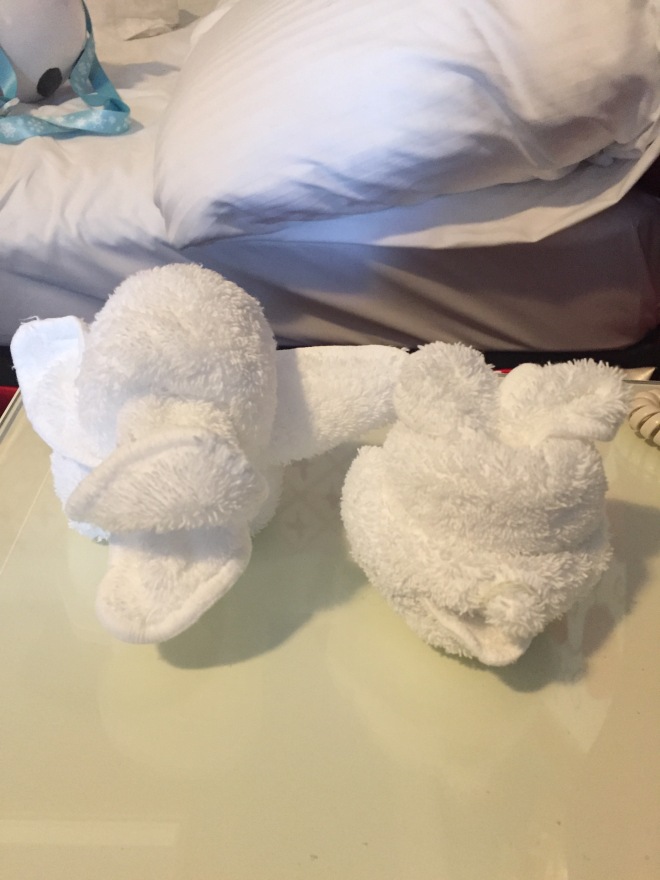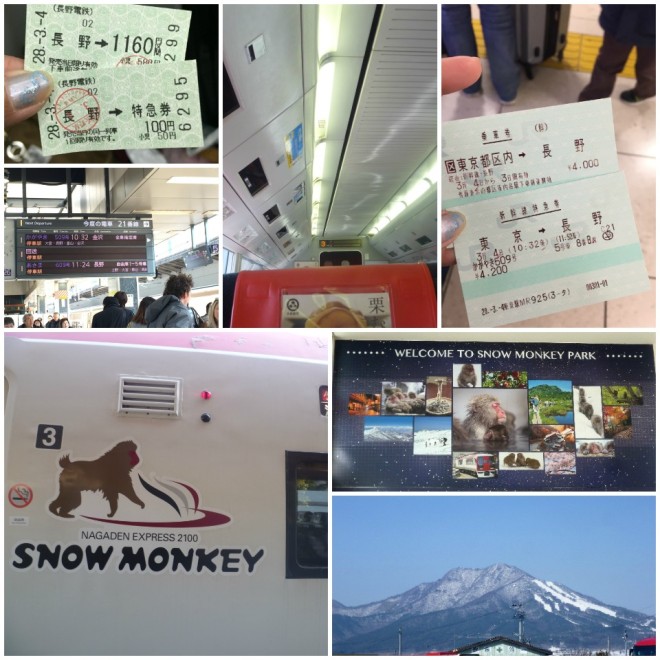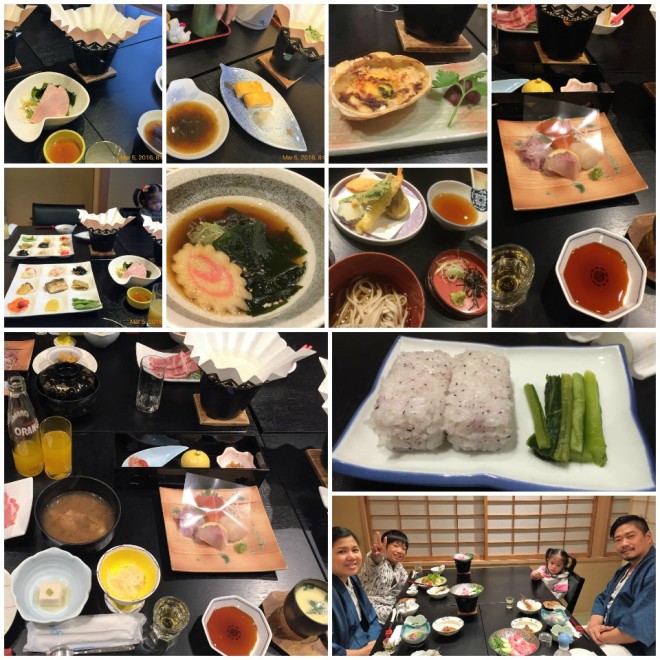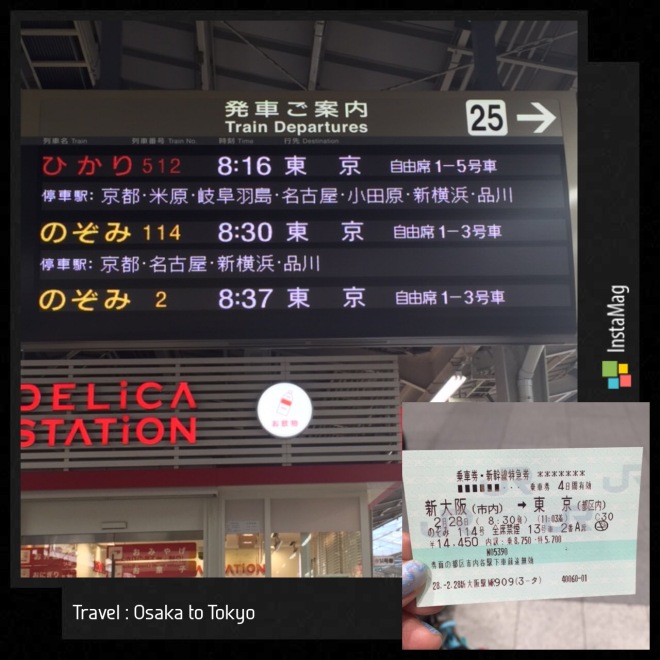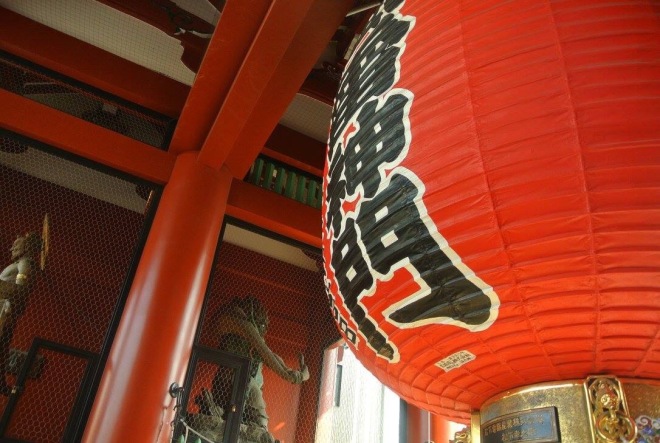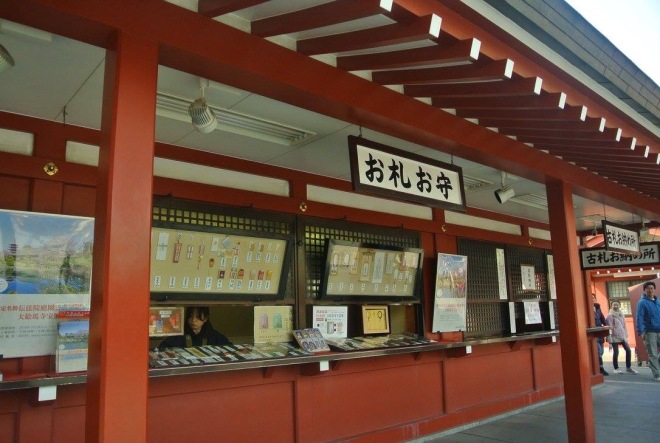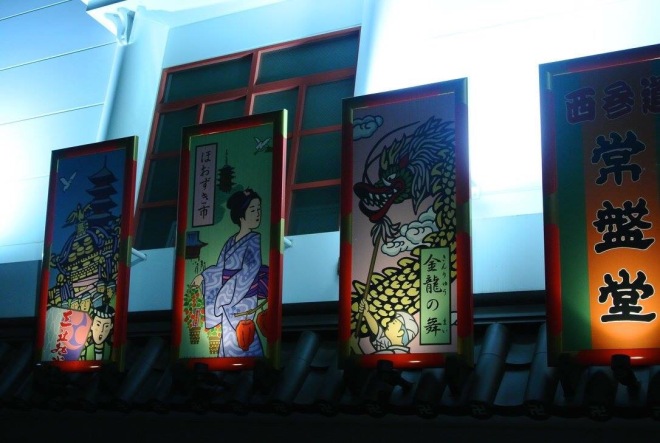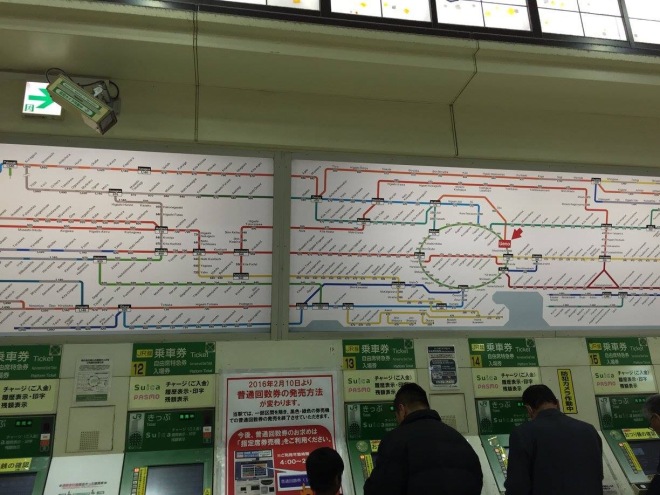This long overdue, so sorry I was busy with my son for his school preparation, we only have 1 weeks for that as the Grade 2 finished, a week after, his on Grade 3 already. But, at least he can write and speak Japanese already so, we’re not worried anymore. Anyway, let’s get started.
We had a great time viewing the Sakura (Cherry blossom) in Mt. Yoshino, Nara.
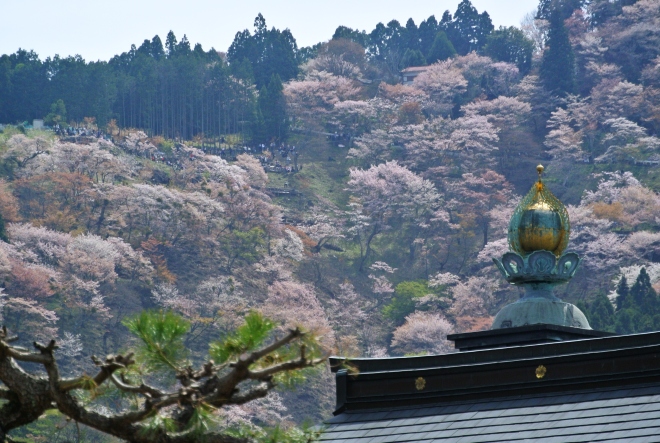
Mt. Yoshino is well known from old times for the best cherry blossom site in Japan.
It covers all over the mountain paths around 8 kms, from the north end to the south of Omine Renzan mountains.
It is also a base of Omine spiritual mountain walk for decipliants. A path between Yoshino-Omine and Yuya is called Omine Okukudou and is still used for religeous training.
The spiritual site and path in Kii, including Mt. Yoshino, was approved as one of UNESCO World Heritage.
This means the area is registered in the World Heritage List per World Heritage Treaty for the purpose of maintaining the area as an indespensable property shared by all humans.
The whole Mt. Yoshino is registered as World Heritage: You can walk and visite various World Heritage Buildings including Yoshino Mikumari Shrine, Kinpu Shrine, Kinpusenji Temple and Yoshimizu Shrine.
You can also visit a variety of historical sites such as a temple of Ennogyoja (Ennnoozuno), historical site of Nanchou, Yoshitsune, Saigyou and Basho.
Not only spring Cherry blossom but hydrengea, autumn leaves and snowing landscape are also magnificent.
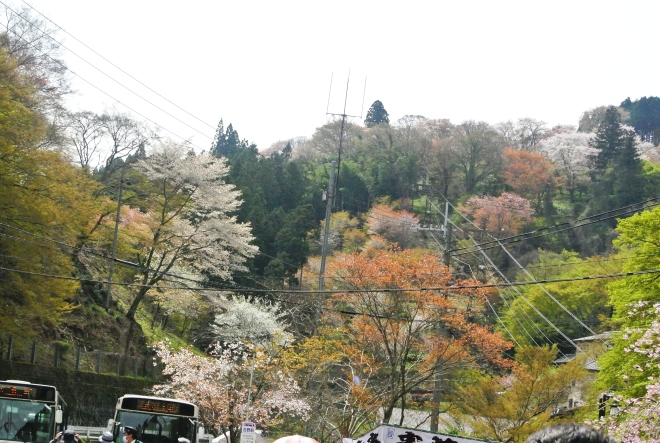
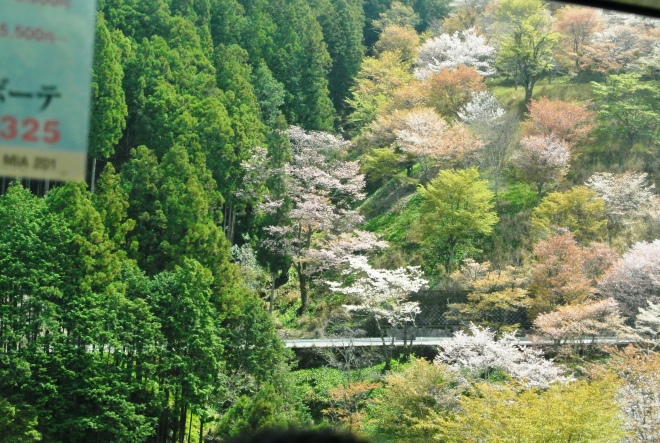
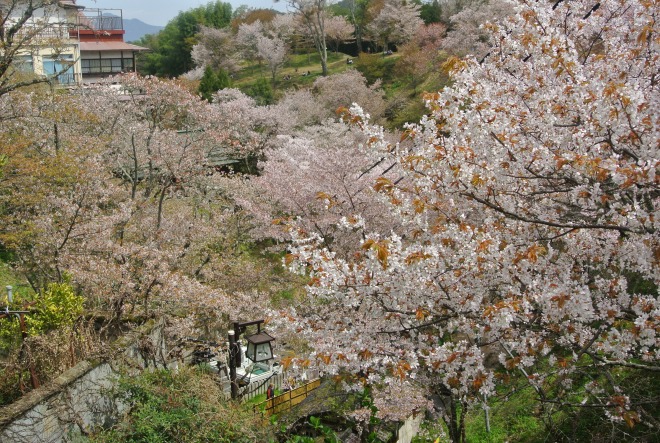


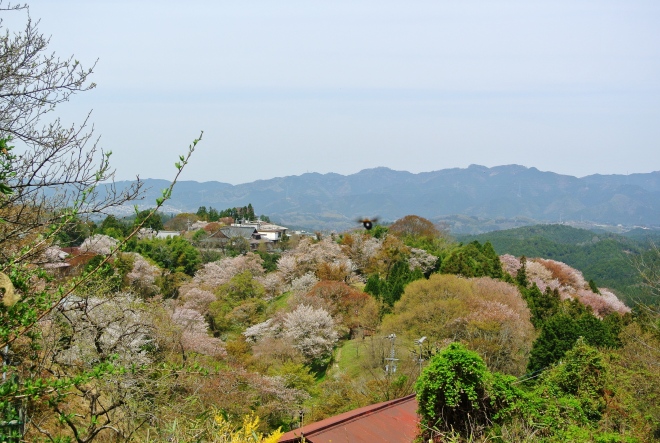
With around 30,000 cherry trees decorating the mountain range, Nara Prefecture’s Mt. Yoshino is proudly regarded as “Japan’s best cherry blossom site.” The appearance of the cherry blossoms of these “sacred trees” continuously planted over 1,300 years across the mountainside dotted with World Heritage Listed temples and shrines, takes on an almost otherworldly beauty. While walking around this mountainside cherry blossom park of Mt. Yoshino, we introduce you to Hanakueshiki Festival, which is its main ceremonial event of spring, as well as the World Heritage Listed temples and shrines located here.
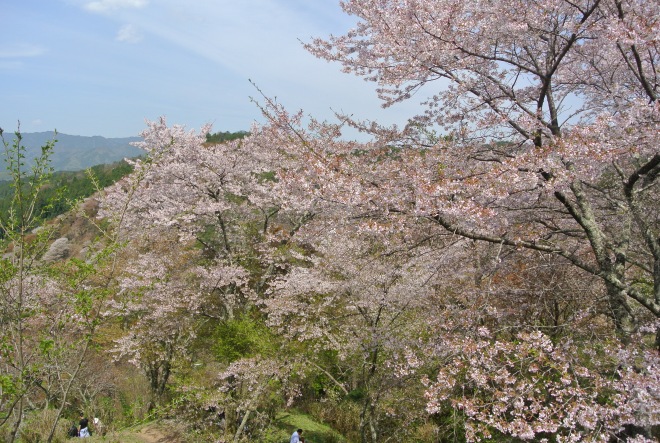
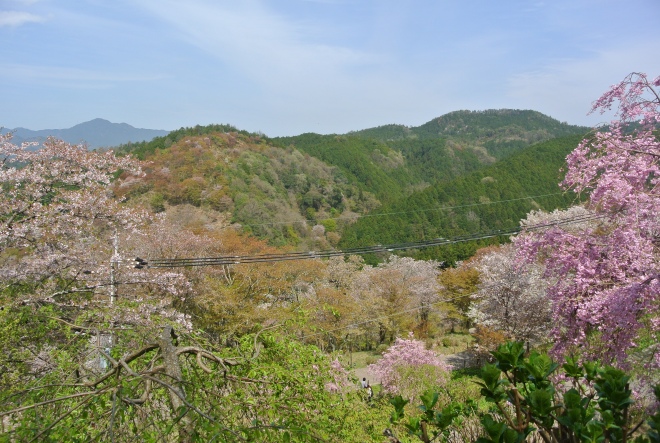 Rather than a free standing mountain, Yoshinoyama is a north-facing mountain slope. It is divided into four areas: the Shimo Senbon (lower 1000 trees) at the base of the mountain, Naka Senbon (middle 1000 trees), Kami Senbon (upper 1000 trees) and Oku Senbon (inner 1000 trees) at the top of the mountain. Visitors can enjoy the cherry trees as they ascend the mountain, passing Yoshino’s touristy town with its various temples and shrines, and enjoying hanami in the parks and viewpoints along the way.
Rather than a free standing mountain, Yoshinoyama is a north-facing mountain slope. It is divided into four areas: the Shimo Senbon (lower 1000 trees) at the base of the mountain, Naka Senbon (middle 1000 trees), Kami Senbon (upper 1000 trees) and Oku Senbon (inner 1000 trees) at the top of the mountain. Visitors can enjoy the cherry trees as they ascend the mountain, passing Yoshino’s touristy town with its various temples and shrines, and enjoying hanami in the parks and viewpoints along the way.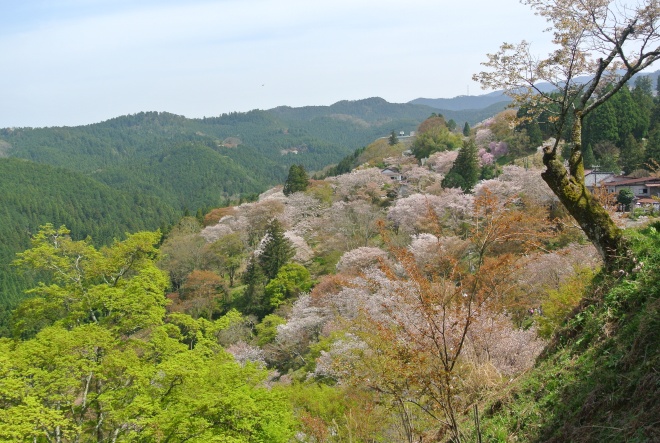
The Shimo Senbon (lower) area encompasses the base of the mountain around Yoshino Station and the lower part of the town. The Yoshino Ropeway bypasses the steep ascent between the station and the town, but waiting times for the ropeway can get very long during the peak of the season. Lots of cherry trees are planted along the road up to the town, making the ascent on foot an attractive alternative to the ropeway.
The Naka Senbon (middle) area covers the rest of the town along the ridge of the mountain. This is where the majority of Yoshino’s accommodations, shops, restaurants, temples and shrines are found, including Kinpusenji Temple and Yoshimizu Shrine. The view up the mountain from Yoshimizu Shrine is particularly famous.
Towards the top of the Naka Senbon area lies the Naka Senbon Park, one of the most attractive spots for holding hanami picnics under the trees. The park spans several small hills that are covered by cherry trees and offer views onto even more cherry trees. Especially in good weather, the atmosphere here is delightful.
Further up the mountain in the Kami Senbon (upper) area, the town begins to thin out. Kami Senbon tends to be a little less crowded and slightly quieter than the lower parts of the mountain, and several small parks provide nice places to take a break. The most famous panoramic view of Yoshinoyama can be enjoyed from the Hanayagura View Point, about one hour on foot from the upper ropeway station.
The Oku Senbon area has by far the fewest cherry trees and does not offer any views of the cherry tree covered mountain slopes. However, the trees here bloom about a week behind the rest of Yoshinoyama, so it may be worth visiting if you are too late to see the blossoms along the lower slopes. The best hanami spot in the Oku Senbon area is the Takagiyama Observation Deck roughly a 90 minute walk from the ropeway station.
And, we didn’t know the bus we took is going down the mountain is not going to the train station. oh my, our boo boo experience. We have to ride again a bus going back to the top of the mountain and down to the Train station.
I had a time took a video from the bus and walking down the mountain, i hope you like it.
This is my first time to edit video and i don’t know if this is right in editing. anyway, for personal use only.
Thank you for visiting….
***bye***
